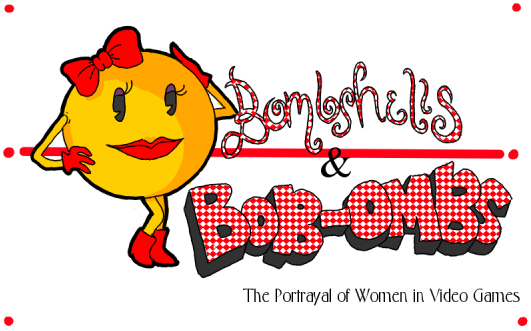
Aren't those the sexiest polygons you've ever seen?
It was about two years ago when my own breasts were compared to hers by my best friend, Brian, who had been living with me between leases. After years of friendship and confirmation of his sexuality, I felt no discomfort changing in front of him. As I pulled my shirt over my head to expose my brassiere, I was shocked to hear him exclaim: "You have Tomb Raider boobs!" I'd never played Tomb Raider myself, and still haven't, but I can't say I'm unfamiliar with the main character, Lara Croft. She's one of the sexiest images of the video game world. Then, my boyfriend pointed me in the direction of an article on IGN (International Gaming Network) that spoke about Lara's blessed proportions:
"While making test adjustments to her girlish figure, a slip of [Jeremy Heath-Smith's] mouse turned an intended 50% increase to her breast size into a 150% gain. It met with instant approval from the team before he could correct it."
And thus such a mistake created a sexual revolution for video games. Lara Croft became for Eidos what Mario is for Nintendo. And when other companies saw what this mistake had spawned, they saw the potential in giving women a "sexier" role.
Previously gender-neutral games such as Final Fantasy began taking a spin for the sexy. In Final Fantasy X, for example, quite a few of the female characters are scantily clad. Lulu, in particular, is well endowed, her cleavage visible atop an off-the-shoulder dress that in real life would offer little to no support. Then of course there's Rikku, a blonde whose accoutrements consist of a bikini and a miniskirt. However, what reason is there for the characters to be dressed so precariously if not to appease the games' male fanbase?
The Dead or Alive series portrays women similarly. Each unrealistically designed to have the silhouette of two melons strapped to a telephone pole, Dead or Alive offers unlockable content where the player may select alternate outfits that are even more threadbare than what they're already donning. If that wasn't enough, Dead or Alive Extreme Beach Volleyball seems to serve no other purpose than acting as perpetual fanservice.
And the list goes on: Bayonetta was reviewed by Zero Punctuation, a critic vlog on The Escapist, who says of it: "Everything Bayonetta does is fettishized. She wears glasses, sucks on chocolate pops, uses BDSM techniques for special attacks, and occasionally all of her clothes fly off and hairy monsters appear."
What's the purpose of putting such sexualization into these video games? As in every other form of the media, the designers are catering to the three primary interests of an eighteen year old male, as my Philosophy and Ethics teacher, Greg Comnes, would've described them: waste, violence, and copulation. And why shouldn't these things be portrayed in video games? After all, it increases marketability and sells. If you consider the primary stereotypes of the demographics, these pixels are the closest thing to a naked girl the players will see for a long time. However, it also teaches these gamers to objectify women, or for women gamers, gives them something to attempt to emulate. While some characters would make admirable role models (such as my beloved Princess Zelda), they're unrealistic expectations to live up to which can create poor self images for females and disappointment for males when they can't find their real-life Lara Croft.
This topic is like beating a dead horse with a fireplace poker, but it holds true that there should be more realistic and fair portrayals of women in the video game world. Why are they always either damsels in distress or sex objects?
